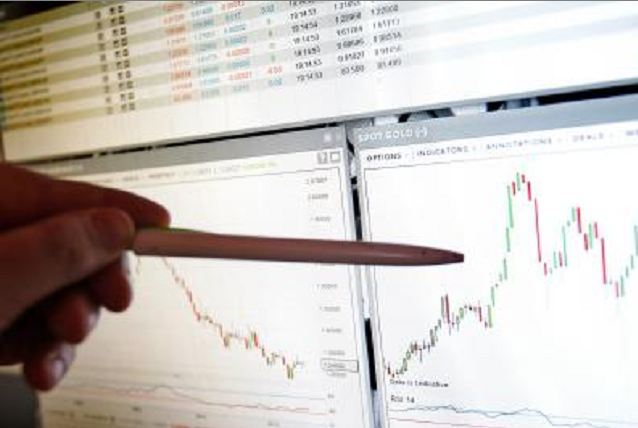
U.K. government bonds became the worst performer among sovereign-debt markets over the past month as investors adjusted positions before growth and inflation forecasts due from Bank of England policy makers meeting in London this week.
Benchmark 10-year gilt yields climbed to a six-week high Tuesday, after an unexpected surge in Britain’s manufacturing growth reported the previous day prompted investors to bring forward bets on the timing of the BOE’s first interest-rate increase since the financial crisis. A report Tuesday showed a gauge of construction declined to 58.8 last month, from 59.9 in September.
Speculation that U.K. borrowing costs are set to rise has been bolstered by futures contracts showing traders see about a 50 percent chance the Federal Reserve will raise its key rate before year-end, a move many investors see as a precursor to liftoff by the BOE.
Gilts have suffered “as markets take on board that the December Fed meeting is very much live in terms of liftoff, and that by extension the BOE is unlikely to be that far behind, along with some better data and surveys,” said Marc Ostwald, a strategist at ADM Investor Services International Ltd. in London.
Gilts Lose
U.K. government debt handed investors a 2 percent loss in the month through Monday, underperforming U.S. Treasuries that dropped 0.9 percent and euro-area sovereign securities that returned 0.1 percent, according to Bloomberg World Bond Indexes.
The 10-year gilt yield rose three basis points, or 0.03 percentage point, to 1.96 percent as of 2 p.m. London time, the highest since Sept. 17. The 2 percent bond due in September 2025 fell 0.26, or 2.60 pounds per 1,000-pound in face value, to 100.32.
Forward contracts based on the sterling overnight index average, or Sonia, indicated that a full 25 basis-point increase to the BOE’s key rate will come in November 2016. As recently as Oct. 30 the measure indicated it wouldn’t happen until after December of next year.
The pound gained 0.2 percent to 71.31 pence per euro, after touching 71.07 pence on Monday, its strongest level since Aug. 20. Sterling fell 0.3 percent to $1.5370.
Its strength against the euro was driven mostly by market expectations for further currency-debasing stimulus from the European Central Bank, rather than by the robustness of the U.K.’s economy, said Valentin Marinov, head of Group-of-10 foreign-exchange strategy at Credit Agricole SA’s corporate and investment bank unit in London.
Consumer Prices
Inflation projections by the BOE will likely be revised down to reflect a decline in oil prices and the effect of the pound’s recent appreciation, he said.
“We are cautious about the pound in the near-term, especially against the dollar,” said Marinov, who also recommended investors sell the pound against the Swiss franc. “We do not share the market’s expectations of a potential hawkish shift by the BOE and expect a renewed growth-and- inflation outlook downgrade.”